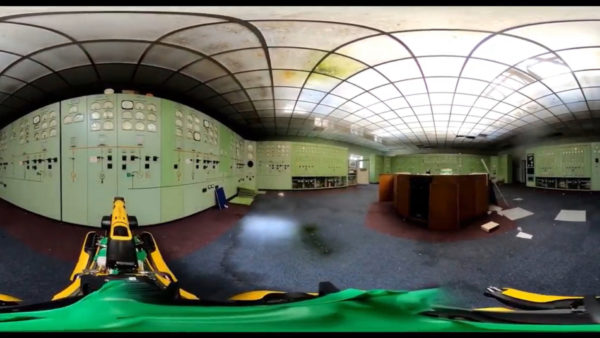
The BIM4 H&S Working Group has developed new guidance for those procuring projects that should enable the project and design teams to identify significant issues and risks early. One of its authors, strategic technical adviser Steve Coppin, explains more to Denise Chevin.
The BIM4 H&S Working Group has developed new guidance that will help clients discharge their duties under CDM regulations more easily by harnessing the standard building information management protocols. The guidance is titled CDM Digitally – How Clients Can Improve Construction Health & Safety using Information Management – The Bridge between PAS 1192-6 and ISO 19650. Its purpose is to educate and inform clients how relevant data information can be captured and shared with the right people at the right times during the lifecycle stages of their projects.
Strategic technical adviser Steve Coppin, along with Gordon Crick, health and safety inspector at the Health & Safety Executive (HSE) and chair of the HSE’s BIM4 Working Group, presented the new guidance at Digital Construction Week which took place in London in May.
The guidance sets out why and how clients should adopt Information Management (IM) and Information Requirements (IMRs) in the contract via Employer’s Information Requirements (EIRs) as part of the procurement process and set this out in the brief at the earliest stage of the project.
Setting out information requirements enables the project and design teams to identify significant issues and risks early and enables building elements to be captured and tracked during any project life cycle that helps assist compliance with the legal requirements of CDM.
How does it dovetail with other regulations and requirements?

“Better information management methodologies provide effective ways of meeting the duties under the CDM Regulations.”
Health and safety information is required by law and enabled by ISO 19650 – where the Construction Design and Management Regulations 2015 (CDM) place duties on clients, designers, principal designers, principal contractors and contractors to identify, share and use health and safety information to prevent accidents and ill health occurring as a result of construction work. Better information management methodologies provide effective ways of meeting these duties, for example clash detection can identify significant health and safety issues and risks in early design, opening up new possibilities for monitoring and measuring risk management, including better learning opportunities.
Four key benefits include:
- from 3D to 4D, and better still geometric models of structures in the early design phases, provide visual pictures and animations, which enhance the foreseeability of any significant risks (Duties on designers in CDM Regs 8 &11);
- 4D, and better still geometric animations and simulations, which show construction over time, enable designs to be tested, rehearsed and checked, where stages of work take place successively and simultaneously (CDM Reg 11);
- the development of an effective common data environment (CDE) enables coordination for the purpose of planning, managing monitoring and coordination of critical health and safety information on a project (CDM Regs 11 and 13); and
- the handover of an effective health and safety file is enabled by good information management (CDM Reg 4).
What is the guidance you are offering in the paper?
PAS 1192-6 sets out the protocol for adopting a CDE that allows information to be shared between the team and then handed over to the client in a standard format when the project is completed.
This helps all clients to improve information management for any construction project for their existing and future assets. The principles can be adopted for using a paper-based system or improving the industry through better use of digital technology. The protocol set out in the PAS document is then added to with 10 plain language questions that will help clients identify and prioritise key health and safety issues and risks. That is, focusing on good risk management, from project inception to design and construction, and on into operational use of the asset.
The questions have an associated maturity matrix, to help clients fully understand them and prompt solutions and actions they might consider and or be required to perform.
This is also intended to help bridge the gap between the application of PAS 1192-6 (2018) Specification for collaborative sharing and use of structured Health & Safety information using BIM, which remains an extant standard, and the ISO 19650 series of standards now widely adopted in the UK. Guidance is available from the UK BIM Framework.
Who is it aimed at?
The guidance is mainly focused on educating clients and their designers, as well as their contractors and supply chain, to think about their own information management systems and how digital information can be used in their business operations. Rather than using predominantly spreadsheet- and text-dominated systems, we are hoping these teams adopt models that can be integrated with the asset and health and safety management information.
The approach sets out how to use information management requirements at organisational, asset, project and exchange levels, to achieve the integration of models, text, alphanumeric codes and spreadsheet information. As clients should be embracing the digital world, then all the requirements can be created, shared and issued in digital format or within an information model and stored within a CDE.
What are the next steps?
We hope this will help clients and their project teams utilise digital to land and embed health and safety considerations within their projects for their assets and to start piloting the approach that has been set out and capture the learning.
A copy of current draft guidance is available via: [email protected].
Don’t miss out on BIM and digital construction news: sign up to receive the BIMplus newsletter.














